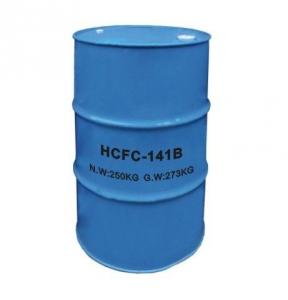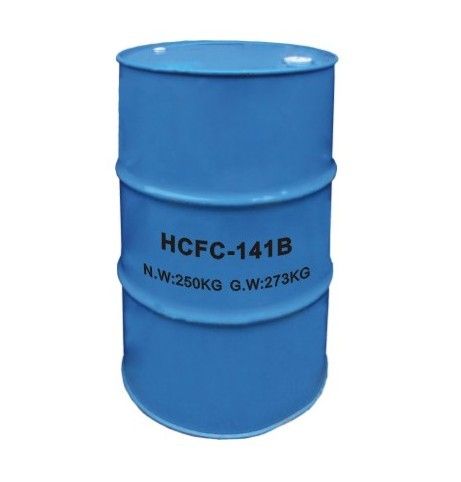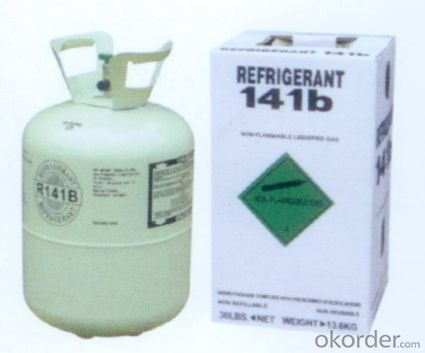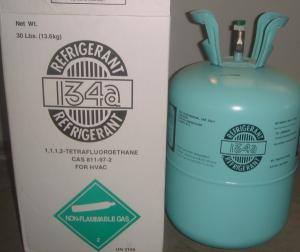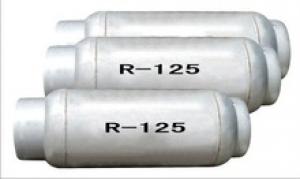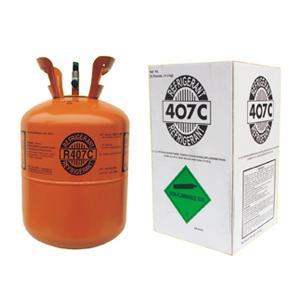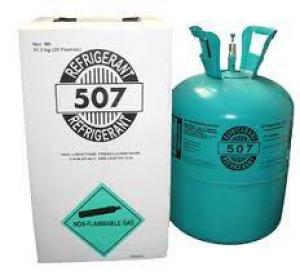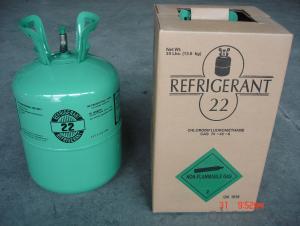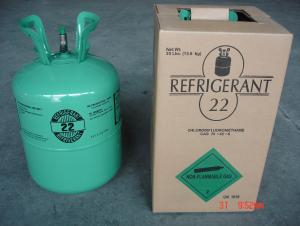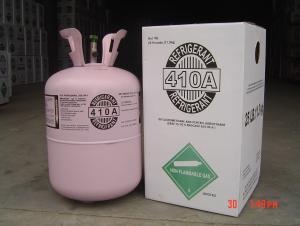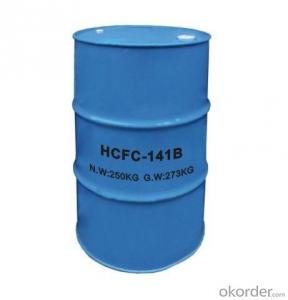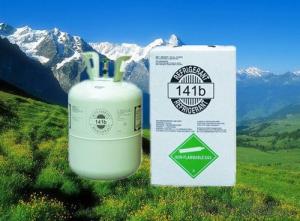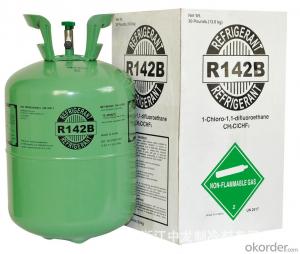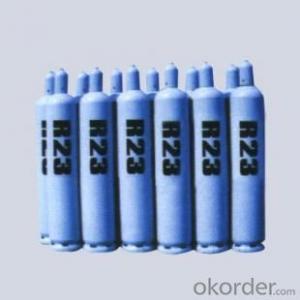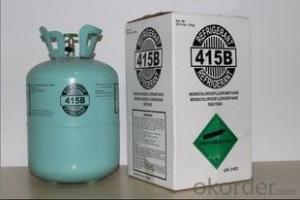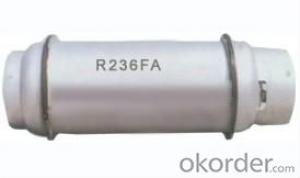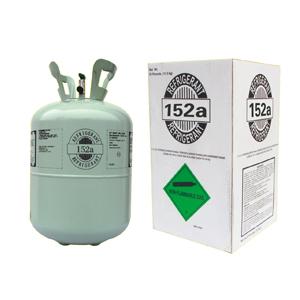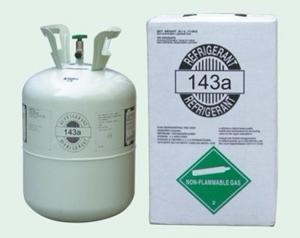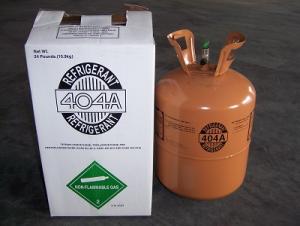R141b Cleaning Agent
- Loading Port:
- Shanghai
- Payment Terms:
- TT OR LC
- Min Order Qty:
- -
- Supply Capability:
- 1000MT m.t./month
OKorder Service Pledge
OKorder Financial Service
You Might Also Like
Specifications
Good Quallity;
Competitive Price;
Cleaning Agent;
Foaming Agent
Dichlofluoroethane(R141b)
R141b (HCFC-141b) is the leading substitute blowing agent for CFC-11 in rigid foam insulation materials which are widely used for residential and public constructions, home applications and transport vehicles.
Properties:
Index | Unit | R141b |
Chemical formula |
| CH3CCl2F |
Molecular weight | g/mol | 117.0 |
Boiling Point 101.3 KPa(°C) | °C | 32.1 |
Freezing Point 101.3 KPa(°C) | °C | -103.5 |
Critical Pressure | KPa | 4640.2 |
Critical Temperature (°C) | °C | 210.2 |
Saturated liquid density (25°C) | Kg/m3 | 1227 |
Specific heat (25°Cliquid) | KJ/kg·k | 1.17 |
ODP |
| 0.11 |
GWP |
| 0.09 |
Quality Specification:
Index | Quality Performance |
Appearance | Bright & Clear Liquid |
Odor | No strange stench |
Purity %≥ | 99.9% |
Moisture %≤ | 0.005 |
Acidity(as HCL) %≤ | 0.00001 |
Evaporation residue %≤ | 0.01 |
Chlorides(Cl-) test %≤ | 0.0003 |
R141b Packing: 13.6kg/30lb; 30kg, 250kg drum.
- Q: Chemical life network: chemical (inorganic reaction, organic reaction) is equal to the life of life reaction?
- Research on the origin, preparation, structure, nature, change and application of elements, elements and inorganic compounds.For the comprehensive utilization of mineral resources, the production and research of inorganic raw materials and functional materials in modern technology are of great significance At present, inorganic chemistry is in the new period of vigorous development, and many edge areas are rapidly rising and the scope of research has been expanded. Inorganic synthesis, high - element chemistry, coordination chemistry, organometallic chemistry, inorganic solid chemistry, bio - inorganic chemistry and isotope Chemical and other fields.
- Q: Are the asphalt and peat kinds of vegetables have heavy metal?
- Asphalt is a hydrophobic material, it is impermeable, and almost insoluble in water, acetone, ether, dilute ethanol, dissolved in carbon disulfide, carbon tetrachloride, sodium hydroxide.
- Q: Are all carbon compounds all organic?
- Not ah, like CO, CO2, carbonated, carbonate is not ah
- Q: Will AsH3 (arsenic trioxide) is organic or inorganic
- Organic matter refers to carbon-containing compounds, or hydrocarbons and their derivatives are collectively referred to as organic compounds.
- Q: What are the oxygen consumption of the oxygen-containing derivatives of the mass hydrocarbons?
- For this comparison, you can see the experimental formula of this material, a C corresponds to an oxygen, 4 H corresponds to an oxygen, the experimental consumption of oxygen up, then under the same quality conditions, the greater the oxygen consumption of this material
- Q: What are the derivatives of hydrocarbons?
- In addition to the C and H elements, there are also one or more of O, X (halogen), N, S and other elements, such as methanol (CH3OH) learned from junior high school chemistry, (CH3Cl), nitrobenzene (C6H5NO2), and the like, which are mentioned in the previous chapter, are derivatives of hydrocarbons, such as ethanol (C2H5OH), acetic acid (CH3COOH)
- Q: What cells are composed of compounds
- Water, various inorganic salts, sugars (mainly glucose and sugar), nucleotides, amino acids, lipids
- Q: What is the aromatic hydrocarbon .. what is the derivative of the aromatic hydrocarbon
- Aromatic hydrocarbons referred to as "aromatic hydrocarbons", refers to the molecule containing benzene ring structure of the hydrocarbons. Is a closed chain.
- Q: From the molecular level, are not all the energy obtained from the redox reaction?
- You find the block out of the lithium battery thrown into the fire try ........ look at how the energy density
- Q: Organic chemistry, naming of derivatives containing oxygen (hetero) atomic bridged cyclic hydrocarbons
- Pro-butylbenzene ethane
Send your message to us
R141b Cleaning Agent
- Loading Port:
- Shanghai
- Payment Terms:
- TT OR LC
- Min Order Qty:
- -
- Supply Capability:
- 1000MT m.t./month
OKorder Service Pledge
OKorder Financial Service
Similar products
Hot products
Hot Searches
Related keywords
